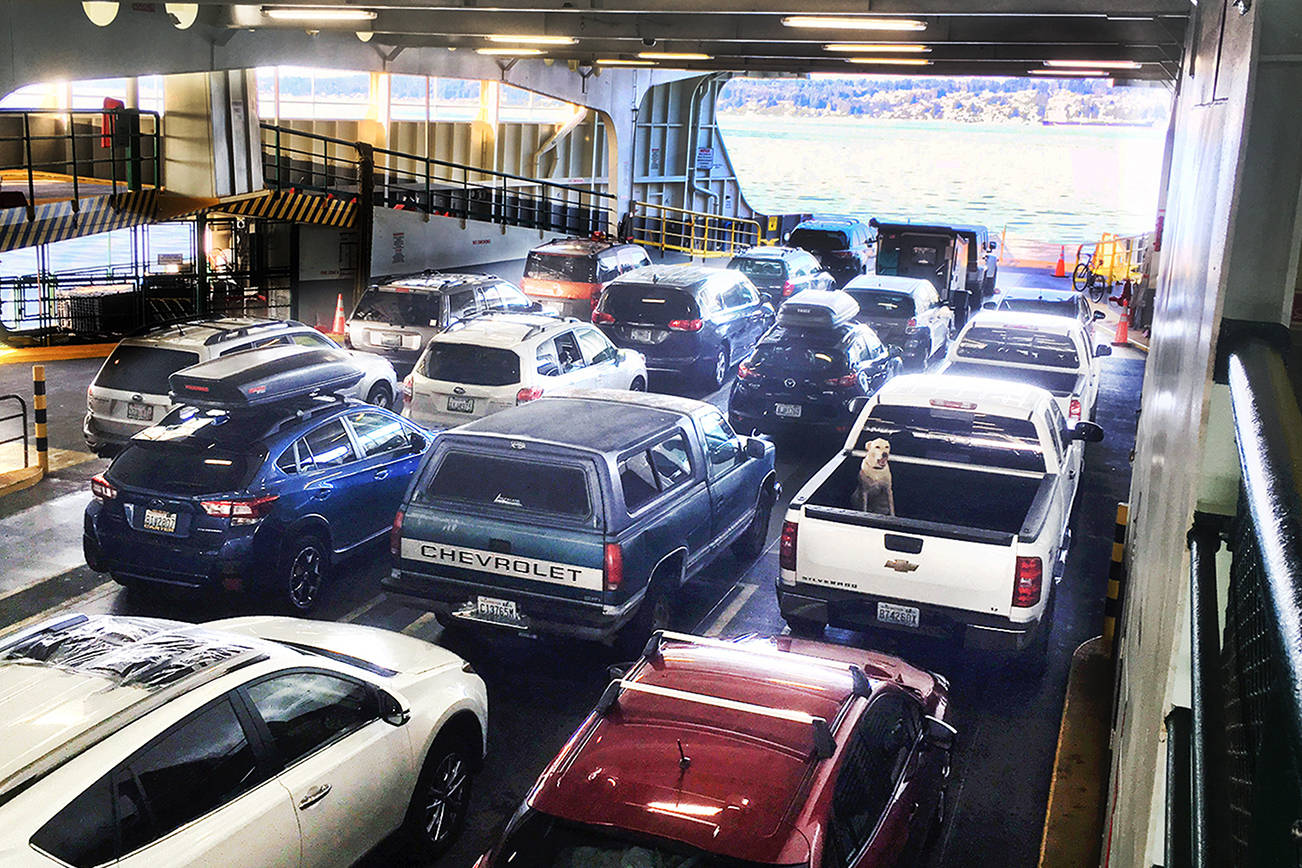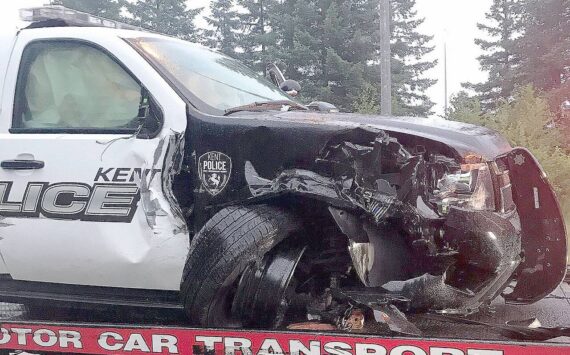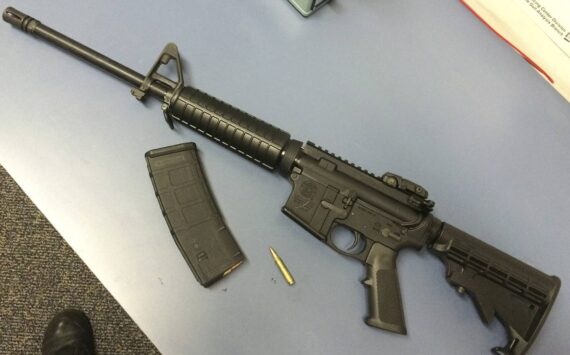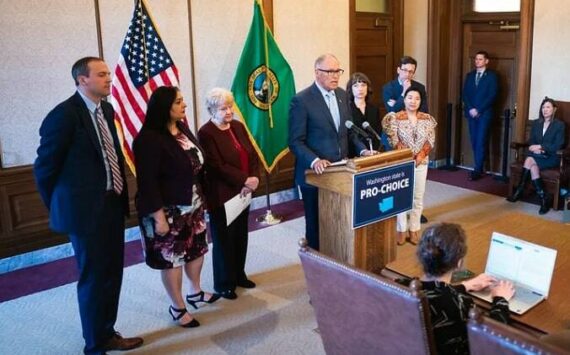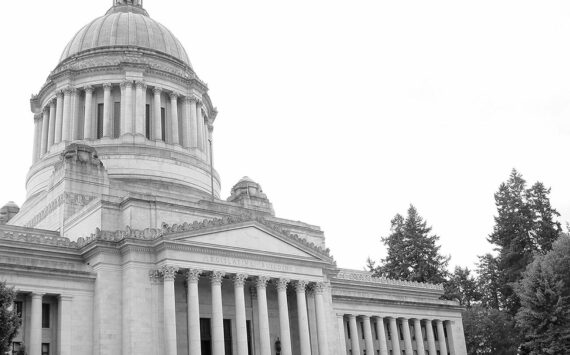OLYMPIA — Highway pavement is cracking, ferries are breaking down, and bridge decks are wearing out.
It’s a worsening dilemma because the level of funding to preserve and properly maintain such infrastructure is inadequate, a top state transportation official told lawmakers Thursday.
“Unfortunately Washington’s transportation system is in a glide path to failure,” said Deputy Secretary of Transportation Keith Metcalf in a presentation to the Joint Transportation Committee. The panel is made up of Democrats and Republicans from the House and Senate transportation committees.
The state will spend an average of $550 million a year on preservation and maintenance in the next decade, he said. But it needs to be putting closer to $1.25 billion annually into the effort, he said.
Transportation officials estimate 3,600 lane miles of pavement are overdue for preservation, 15 bridges need replacement and 19 others require major rehabilitation and 56 concrete bridge decks are past due for repair.
Washington State Ferries’ fleet racked up 622 days of unscheduled maintenance in the 2019 fiscal year, Metcalf said. That’s a byproduct of having a fleet of vessels that are on average 28 years old.
Faced with this annual funding gap of $690 million, the agency looks to use dollars in ways that extend the useful life of existing infrastructure. For example, rather than repave a 10-mile stretch of highway, the state will look to patch smaller areas on heavily-used routes, he said.
“We are merely slowing the rate of decline of our infrastructure,” he said. ““We’re not funded to make the right investments at the right time, which increases costs. We are accepting financial liability for the deferrals.”
Lowest priorities won’t get done.
Starting in the 2012-23 biennium, WSDOT will not repave existing on- and off-ramps at interchanges, or state highways with speed limits lower than 40 mph.
Typically, those interchange ramps need repaving every 20 to 25 years, according to the agency. A number of ramps currently need to be repaved but won’t be done because of the funding shortfall, they said.
Sen. Steve Hobbs, D-Lake Stevens, a member of the Joint Transportation Committee, wasn’t surprised by Metcalf’s report.
“I’ve been tracking these issues for some time,” said Hobbs, who is chairman of the Senate Transportation Committee. “I’ve been very concerned about the trend.”
In 2015, lawmakers and Gov. Jay Inslee pushed through a 16-year, $16 billion package of transportation improvements that provided a $100 million-a-year boost in preservation dollars.
It lessened but did not eliminate the funding gap.
In the 2019 session, Hobbs put forth another package. It called for $16.6 billion in spending over 10 years with $1 billion earmarked for maintaining and improving highways, bridges and ferries. He sought to raise the money with a gas tax hike and new fees on carbon emissions and development.
The proposal didn’t receive a vote in the Democrat-controlled Senate nor did it have the backing of Democratic Gov. Jay Inslee.
Hobbs declined to say if he’ll try again in 2020.
If someone does put out a transportation package in the future, he said, it will be important to detail where preservation dollars will be spent. Lawmakers and residents are becoming more attuned to the preservation needs and are likely to be more supportive if they can see exactly how those dollars will be used.
Jerry Cornfield: 360-352-8623; jcornfield@herald net.com. Twitter: @dospueblos
